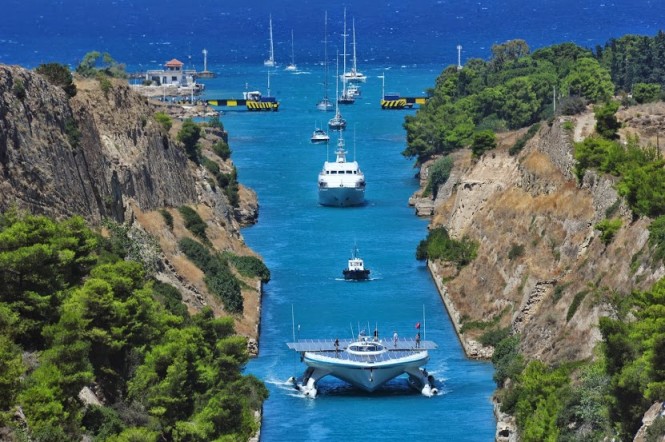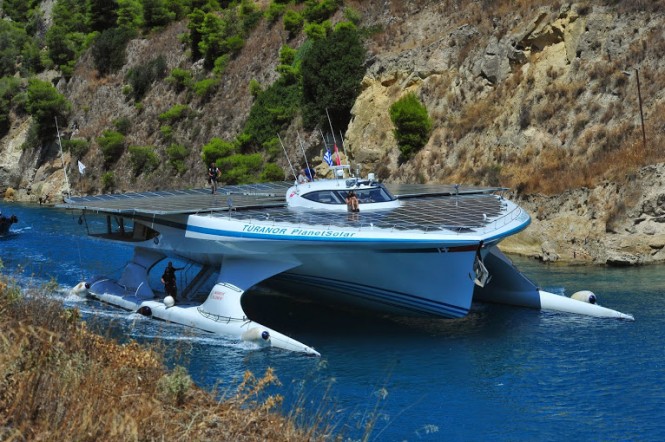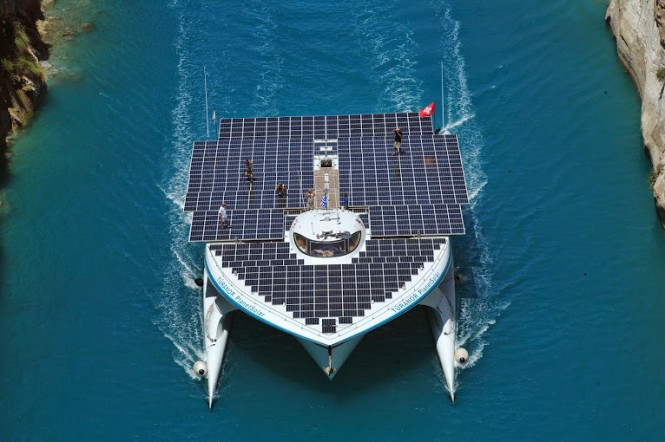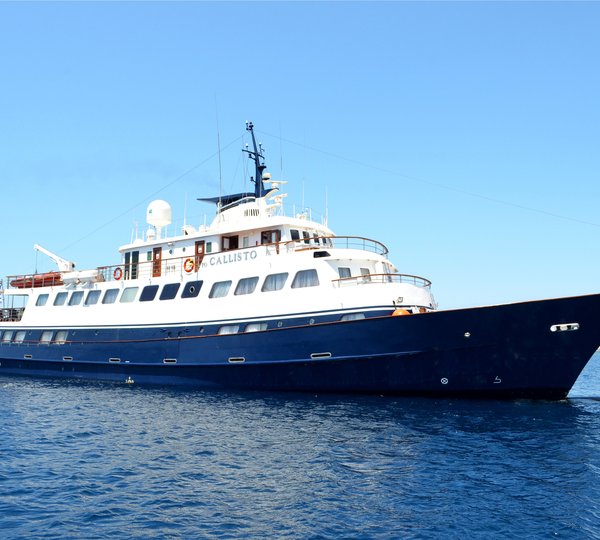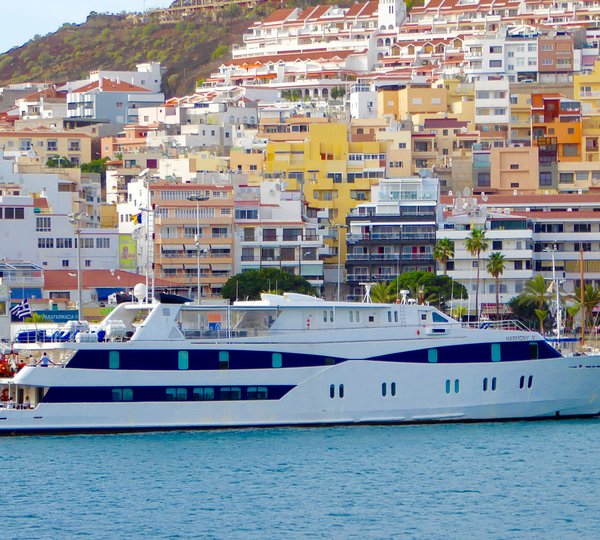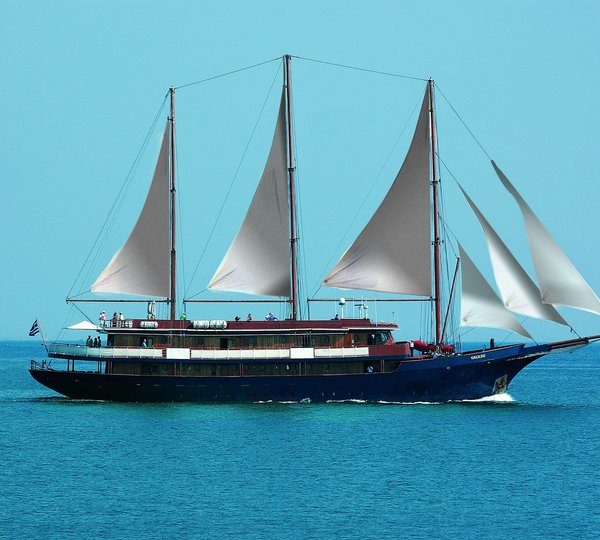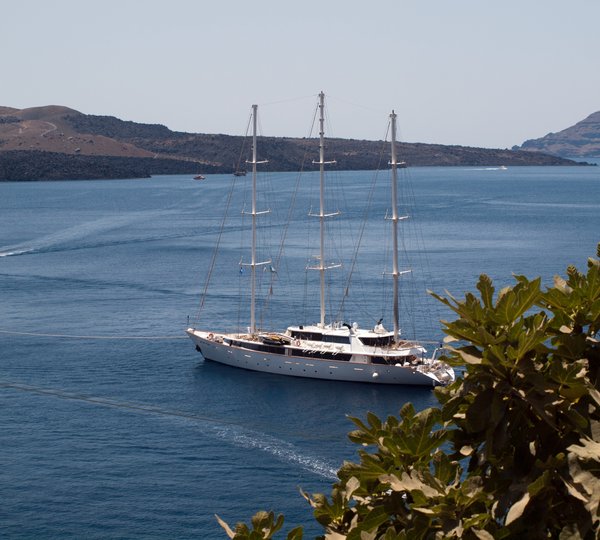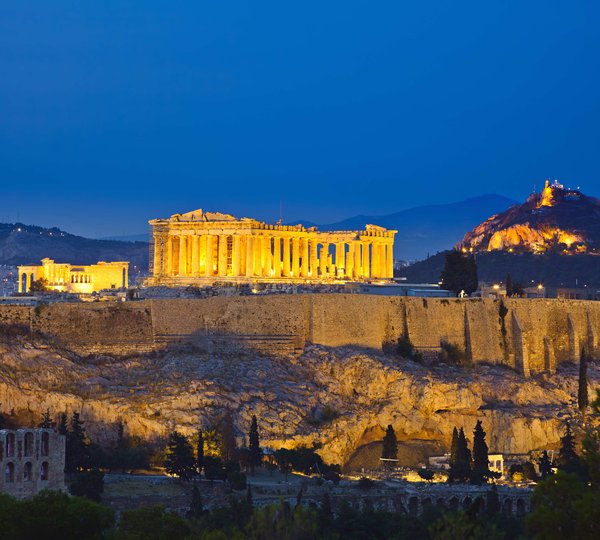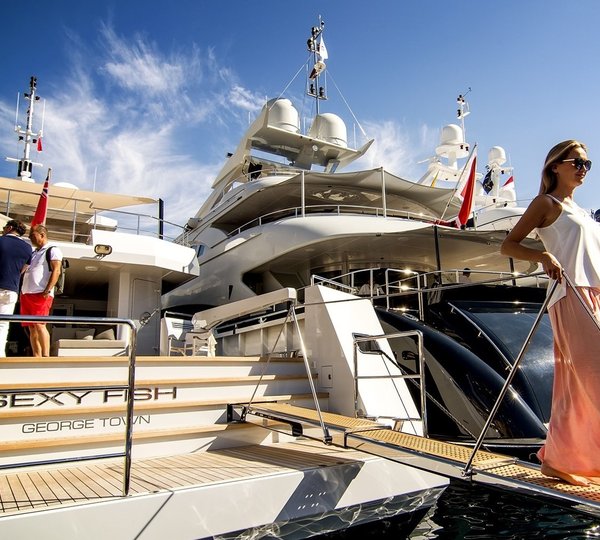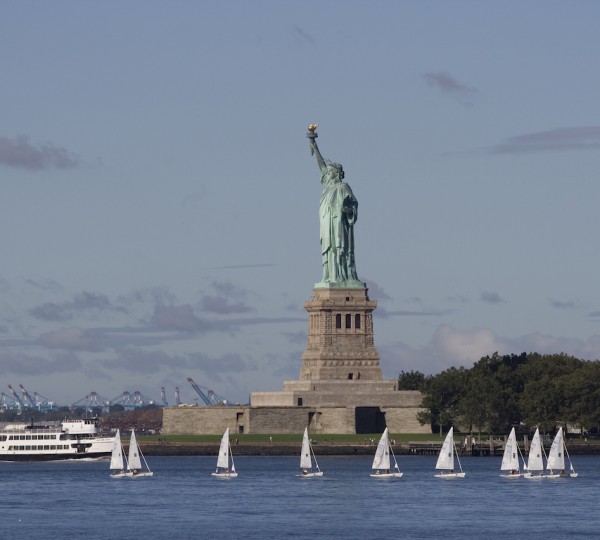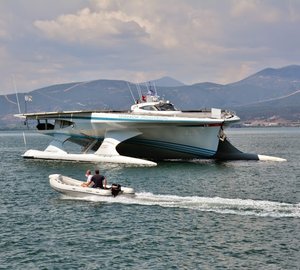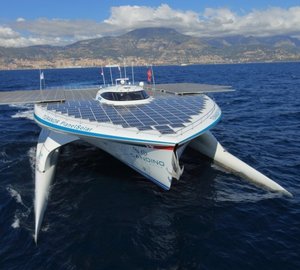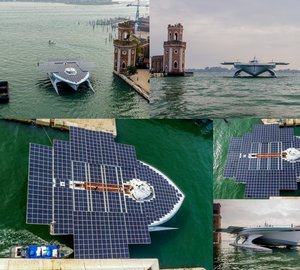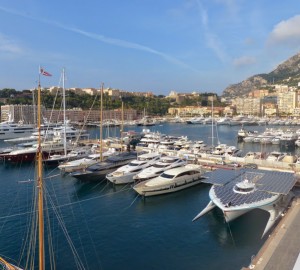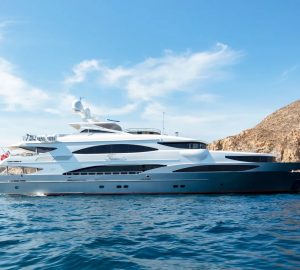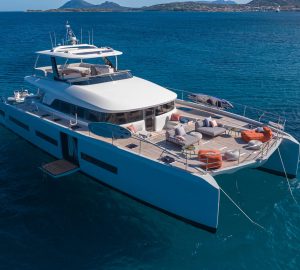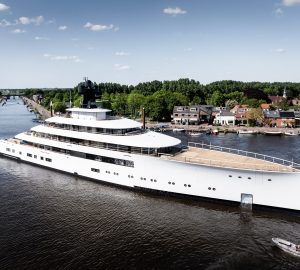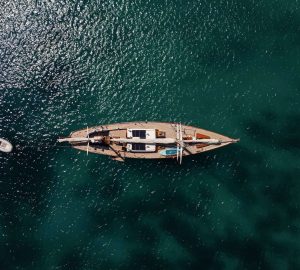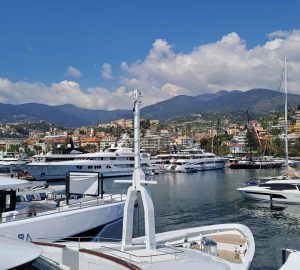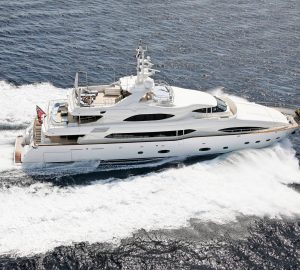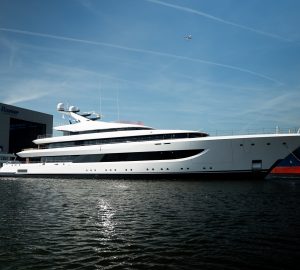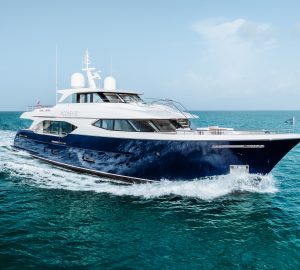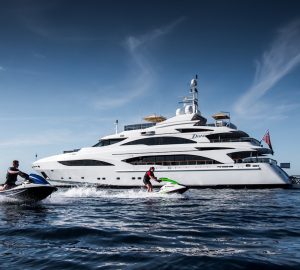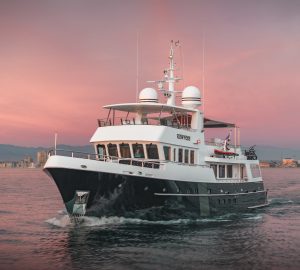Following an amazing passage through the Corinth Canal on July 28 and a stop in Eretria from July 31 to August 2, celebrating the 50th anniversary of Swiss archeological excavations in this region, the world largest solar-powered boat, the MS Tûranor PlanetSolar, docked yesterday afternoon in the port of Piraeus in Athens, a fantastic Greece yacht charter destination. This is the second stop on the itinerary of the TerraSubmersa scientific expedition, led in partnership with the University of Geneva (UNIGE).
The purpose of this expedition is to explain the scientific objectives of this archeological mission, which will be launched on August 11 in the Argolic Gulf (Greece). The ship will reprise her role as a scientific platform, lending her exclusive features in service of the UNIGE researchers, whose goal is to explore the prehistoric landscapes submerged by the water, in order to reconstruct them and identify any potential traces of human activity.
The expedition will allow the MS Tûranor PlanetSolar to continue to prove her uses, both as a platform for communication and events, and especially as a scientific platform. “PlanetSolar’s second life is not just an occasion to expand upon prestigious visits to New York, London, Paris, or Athens, or event for spectacular voyages like the crossing of the Corinth Canal, but it also offers the crew the pleasure of accomplishing the most diverse kinds of missions. Among these, TerraSubmersa, which is the highlight of our 2014 season, is certainly the most fascinating. The highly precise navigation we will need, together with the excitement of discovery… all in the magnificent setting of the Argolic Gulf,” declared Gérard d’Aboville, the ship’s captain, with great enthusiasm.
TerraSubmersa expedition: discovering submerged prehistoric landscapes
This Greco-Swiss expedition, led by Julien Beck, a researcher in the classical archeology department of UNIGE, aims to explore the prehistoric landscapes that have been submerged by the waters of the Argolic Gulf, in order to reconstruct them and to identify any potential traces of human activity.“Prehistoric underwater archeology and the study of ancient submerged landscapes are new fields of study in Greece,” Julien Beck explains. This research will allow archeologists to reconstruct landscapes that have vanished underwater, and to understand the interactions between prehistoric man and the sea.
The MS Tûranor PlanetSolar will mainly be used to take geophysical measurements, which will allow the researchers to model the topography of ancient coastal zones, and to identify any potential traces of human activity. The Alkyon, a boat from the Hellenic Center for Maritime Research, will also be used for this work, which will be carried using state-of-the-art equipment (multi-beam sounder, lateral sweeping sonar, GPS, etc.). Subaquatic excavations will then be led by divers, thanks to a hydraulic aspirator which will remove a layer of protective silt from the site.

